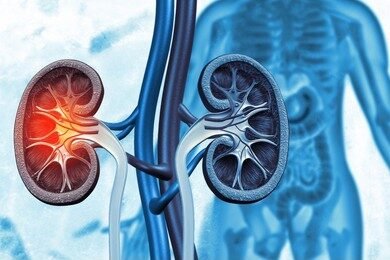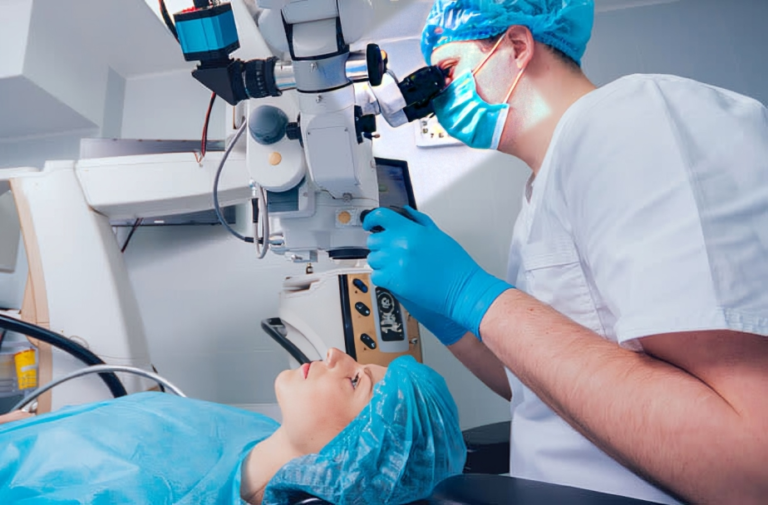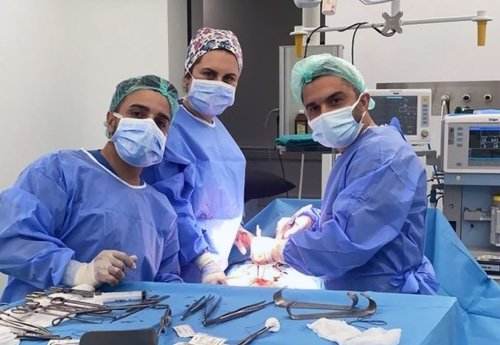Unlocking Better Patient Outcomes: Ureteric Stones Research
Ureteric stones, also known as kidney stones, are a common ailment affecting millions worldwide each year. These tiny, crystalline structures can cause excruciating pain as they travel through the urinary tract. While medical advancements have improved the management of ureteric stones, there is still much to learn to enhance patient outcomes. Research in this field holds the key to unlocking better treatments and improving the overall quality of life for those affected.”Ureteric Stone Treatment in Tri Nagar”
To Know More About It Please Click Here
Understanding Ureteric Stones
When specific elements in the urine, such as calcium, oxalate, and uric acid, concentrate and solidify, urinary stones can result. These crystals can then aggregate and form stones of varying sizes, which may get lodged in the narrow passages of the urinary tract, causing severe pain and discomfort.
The symptoms of ureteric stones can range from mild to severe, depending on the size and location of the stone. Common symptoms include intense pain in the back, abdomen, or groin, nausea, vomiting, and blood in the urine. In some cases, ureteric stones can lead to complications such as urinary tract infections, kidney damage, or even sepsis if left untreated.
The Importance of Research
Research plays a vital role in advancing our understanding of ureteric stones and developing more effective treatments. By investigating the underlying causes, risk factors, and mechanisms of stone formation, researchers can identify new strategies for prevention, diagnosis, and management.
One area of focus in ureteric stones research is the development of non-invasive imaging techniques for accurate diagnosis and localization of stones. Traditional methods such as X-rays and CT scans expose patients to radiation and may not always provide clear images, especially in cases of small or radiolucent stones. Researchers are exploring alternative imaging modalities such as ultrasound and magnetic resonance imaging (MRI) to improve diagnostic accuracy while minimizing patient risk.
Another promising area of research is the development of targeted therapies to prevent stone recurrence. By understanding the metabolic processes involved in stone formation, researchers can identify specific dietary and lifestyle interventions that may help reduce the risk of recurrence.
Advancements in Treatment
In addition to preventive strategies, research is driving innovations in the treatment of ureteric stones. Minimally invasive procedures such as extracorporeal shock wave lithotripsy (ESWL), ureteroscopy, and percutaneous nephrolithotomy (PCNL) have revolutionized the management of ureteric stones, offering faster recovery times and reduced risk of complications compared to traditional surgical approaches.
Recent advancements in technology, such as laser lithotripsy and robotic-assisted surgery, have further improved the precision and efficacy of stone removal procedures. These techniques allow surgeons to precisely target and fragment stones while minimizing damage to surrounding tissues, resulting in better outcomes for patients.
Collaborative Efforts and Patient-Centered Care
Collaboration between researchers, clinicians, and patients is essential for driving progress in ureteric stones research. By sharing knowledge, resources, and patient data, researchers can accelerate the pace of discovery and translation into clinical practice.
Furthermore, adopting a patient-centered approach to care ensures that research efforts are aligned with the needs and preferences of those affected by ureteric stones. By involving patients in the research process, from study design to dissemination of findings, researchers can ensure that their work has a meaningful impact on patient outcomes and quality of life.
Conclusion
Ureteric stones pose a significant burden on patients and healthcare systems worldwide, but ongoing research offers hope for better outcomes. By investigating the underlying causes, developing innovative treatments, and prioritizing patient-centered care, researchers are paving the way for a future where ureteric stones are effectively prevented, diagnosed, and managed. As we continue to unlock the mysteries of ureteric stones, we move closer to a world where this common ailment no longer causes unnecessary suffering.”Ureteric Stone Treatment in Tri Nagar”
Also, Follow us on Instagram







